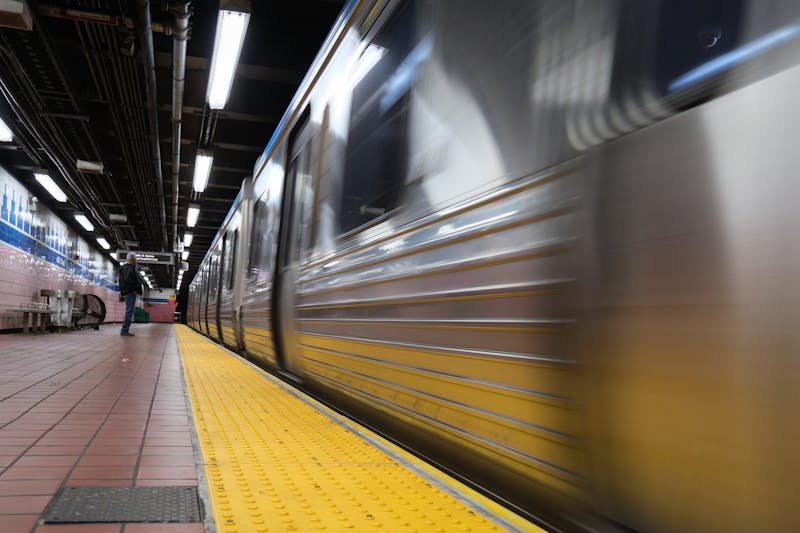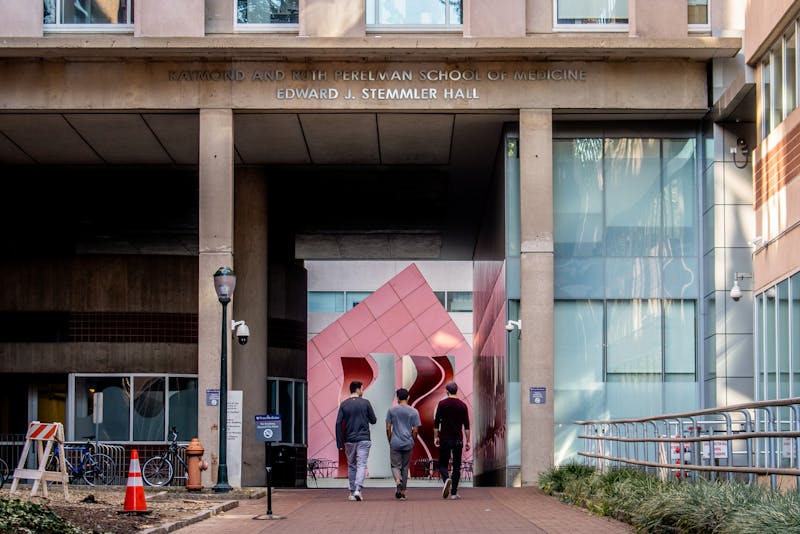The renovation project near the high rises has reached the end of its first phase after delays last month set construction back several weeks.
Planters and paths in front of Harrison College House are complete, and workers are beginning landscaping.
But although facilities officials said in September that the project would cut back on the "wind tunnel" effect in Superblock, they now say that wind reduction will be minimal.
The reduction of the wind created by the high rise dormitories is only a secondary benefit of the renovation, according to Facilities and Real Estate Director of Design and Construction Management Darrin Reazor.
"There's really nothing significant we can do to affect" the wind, he said. "We would have to build major buildings all around the high rises to significantly impact that."
In September, Facilities and Real Estate Services spokesman Tony Sorrentino told The Daily Pennsylvanian that the project would help curb the strong winds.
Workers are currently installing sprinklers throughout the area, which is now covered by dirt. It will remain that way until April, when grass and trees are scheduled to be added.
"They have the large majority of the work done until springtime," Reazor said.
Students walking through the area last night said they were pleased to see the fence removed.
"I'm just really glad it's over," added Nursing sophomore Patricia Gazzola.
Engineering junior Bo Huang said that the the area looks "nicer than before."
"I like this whole light thing," he added. "Once they put the grass in I think it will look pretty nice."
Others weren't impressed.
"So far it seems to be the same thing. All I notice is the sidewalk," Engineering sophomore Abraham Dauhajre said.
The only two major projects still being worked on in the area are the Superblock's sprinkler system and a large slate designed for the top of the planter wall.
The pace of construction will be slower than it was during fall semester so as to avoid disrupting students' activities.
Students can expect the majority of trees and grass to be planted in April.
Ten to 12 trees will be added in the planter next to Harnwell College House, where light posts were placed over break.
The creation of the paths in front of Harrison was decided by using a "desire line," which involved looking at "where the dirt was worn through the old grass," Reazor said. This made it possible to see where students walked the most, he added.
Previously, the area was a large, open, concrete space. The primary function of the renovated landscape is to make the area more inviting for students.
"Putting the planter there defines Locust Walk better and defines 39th Street better," Reazor added.
The Daily Pennsylvanian is an independent, student-run newspaper. Please consider making a donation to support the coverage that shapes the University. Your generosity ensures a future of strong journalism at Penn.
DonatePlease note All comments are eligible for publication in The Daily Pennsylvanian.








